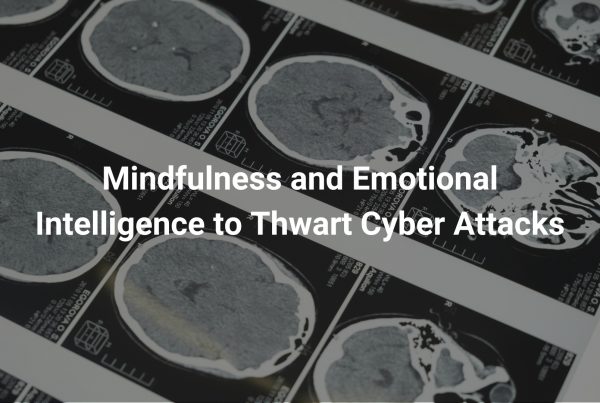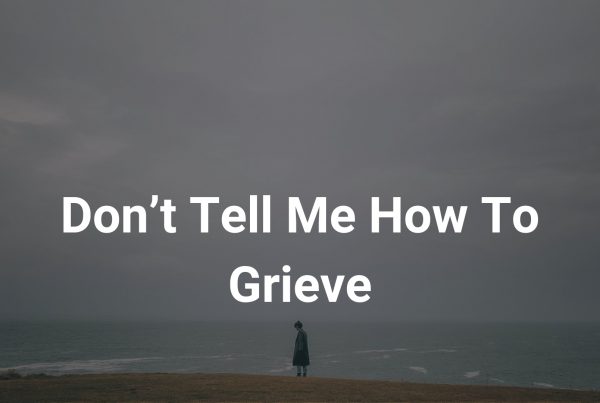WARNING
The following describes accounts of child sexual and physical abuse, which the Innocent Lives Foundation works to prevent. This blog contains content that some individuals may find disturbing or distressing in nature. Please be emotionally prepared before proceeding.
Names, locations, and other identifying information have been changed for the safety of the victims and the Innocent Lives Foundation team. Any similarity to actual names, living or dead, is purely coincidental.
Authors: Dr. Abbie Maroño
Published: November 7, 2023
“Where do I put this rage, because if I sit with it, I’m either going to implode or do something I regret?”
I am sorry if you recognize this feeling, but both the immediate aftermath and long-term psychological impact of trauma is often overwhelming anger. In fact, it has been shown that regulating anger expression is among the most common emotional difficulties experienced by victims of childhood sexual abuse. Overwhelming anger is also not limited to the victims themselves, if you are a parent who has learned that your child has been mistreated, abused, or harmed in any way, this anger will be familiar to you too.
Although this response is entirely justified, most of us recognise that intense and uncontrolled anger is extremely dangerous. Indeed, when anger takes control, rational thinking and judgement are pushed to the side whilst impulsive and reckless behaviours run the show, including aggression, violence, or engaging in activities with serious consequences. What’s more, research has shown that for both sexual and nonsexual traumatic experiences, victims with elevated anger are more likely to develop PTSD, and the intensity of anger expression individuals show in the weeks following the trauma predicts later PTSD severity.
Evidently, it’s important to understand how to regulate feelings of anger after trauma, and how to control its expression. But for us to get to that, let’s first look at where that anger comes from.
Fairness and Injustice
Most of us have an innate sense of what is right, wrong, and fair. When someone acts unfairly or causes us purposeful harm, it can shatter these expectations of how others should behave.
Subsequently, anger is an evolved response to the recognition of unfair behavior and serves to restore a perceived imbalance and to motivate action toward rectifying the injustice. Likewise, when we witness others being treated unfairly, we connect with their experience, feel their pain, and are angered by the injustice they endured. As such, anger helps mobilize our energy and assert ourselves in response to the perceived threat, motivating us to protect ourselves or others from further harm.
This is, of course, not the only source of anger. Indeed, trauma is complex and intense, with every individual’s emotional experience being unique to them. This flood of emotions can become overwhelming, and anger can serve as a defense mechanism or a way to release some of the emotional intensity.
The Grief Cycle
Moreover, I think it is often forgotten that anger is a normal part of the grief cycle and trauma can cause us to grieve in unexpected ways. We do not have to have experienced a physical loss to grieve, in fact, we may experience what is known as symbolic loss after a traumatic experience. For example, we grieve for the loss of self when we realize that we will never be the person we were again because our experience has profoundly changed us and how we see the world. We spend our entire lives building a version of ourselves, to then feel as though it has been taken from us, of course, that will make us angry.
But even with the realization that anger is normal after trauma, what does it matter? How does one even begin to rectify the injustice felt? Is the prison sentence of a perpetrator enough to account for the emotional scars they left behind? Is there enough justice in the world to rectify the abuse of a child?
And what about if something bad happened but no one was at fault, what then? Where do we direct the anger when there is no one to blame?
Managing Anger
Once anger is felt, learning how to make it dissipate takes an extraordinary amount of emotional intelligence and control, something that is not always possible for those early in their healing journey. That is okay, we all must start somewhere.
For such individuals, a more achievable goal is to channel the emotion through emotion-focused coping strategies rather than try to make it ‘go away’. This can involve practices such as journaling, expressive writing, art therapy, or engaging in activities that promote self-expression and emotional release. This might sound overly simplistic, but expressing your internal dialogue in this way allows you to turn an intangible feeling into something tangible, and thus, something that can be understood and dealt with.
I remember a friend of mine telling me that she was so angry she “wanted to set the world on fire”. She was overwhelmed with rage, and I could see her carrying the weight of her trauma with every muscle in her body. In trying to cope, journaling was unappealing to her because she believed there were “no words to describe how I feel”, but she loved music, so I advised her to turn her pain into a melody. A few weeks later, I remember listening to her breakdown whilst playing, as if I was watching the anger physically leaving her body.
Sometimes, the reason anger feels so overwhelming is because we don’t know where to put it and we can’t make it disappear. This is why allowing yourself to feel it but channeling its expression lightens its psychological and physiological burden. This also often enables us to find the words for something we originally felt was inexplicable.
Before you go, I want to note one last thing. As effective as emotion-focused coping strategies can be, you may personally find other techniques more helpful, including grounding techniques, focused cognitive reappraisals, and mindfulness-based interventions. I employ you to be patient with yourself whilst you discover what works for you.





